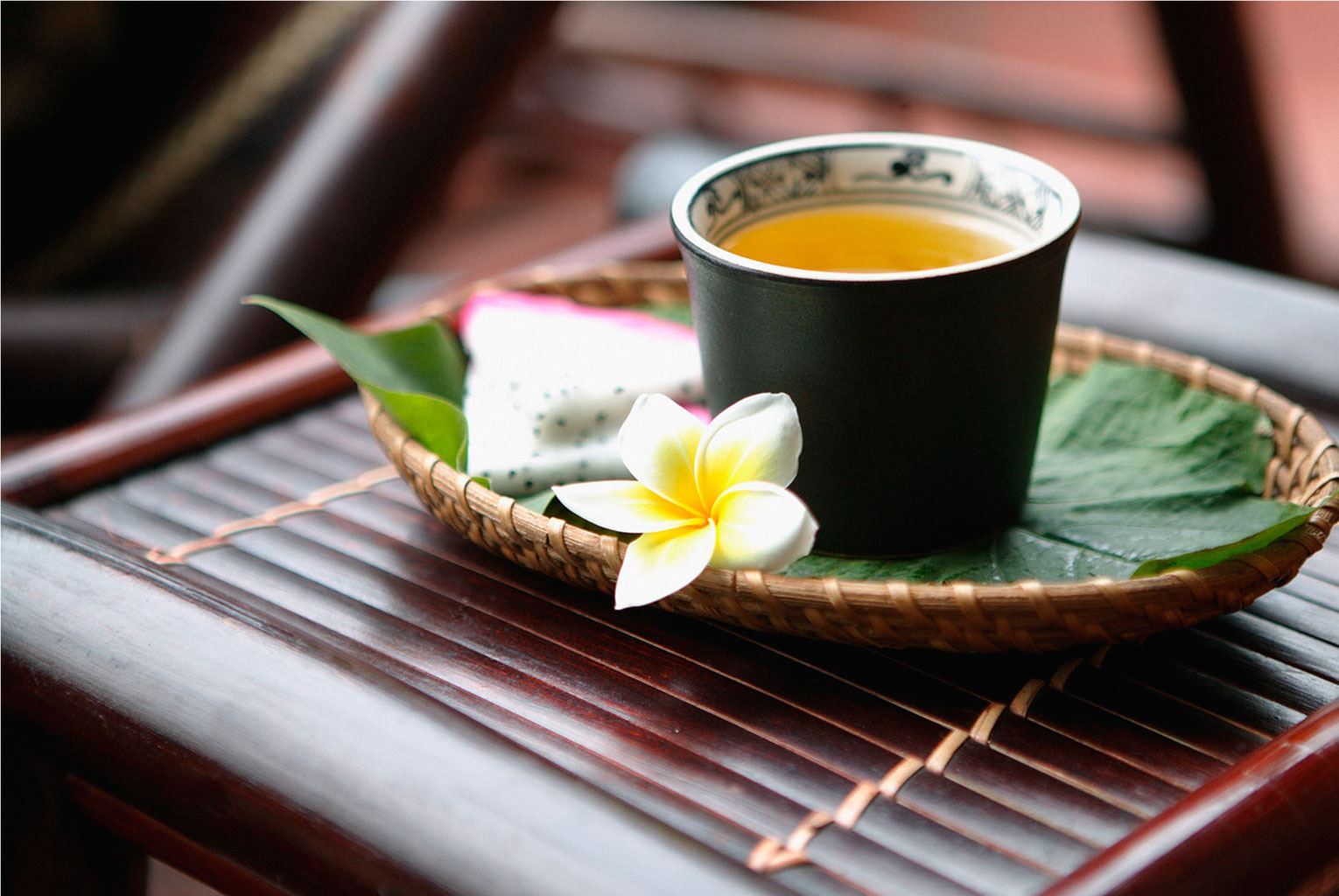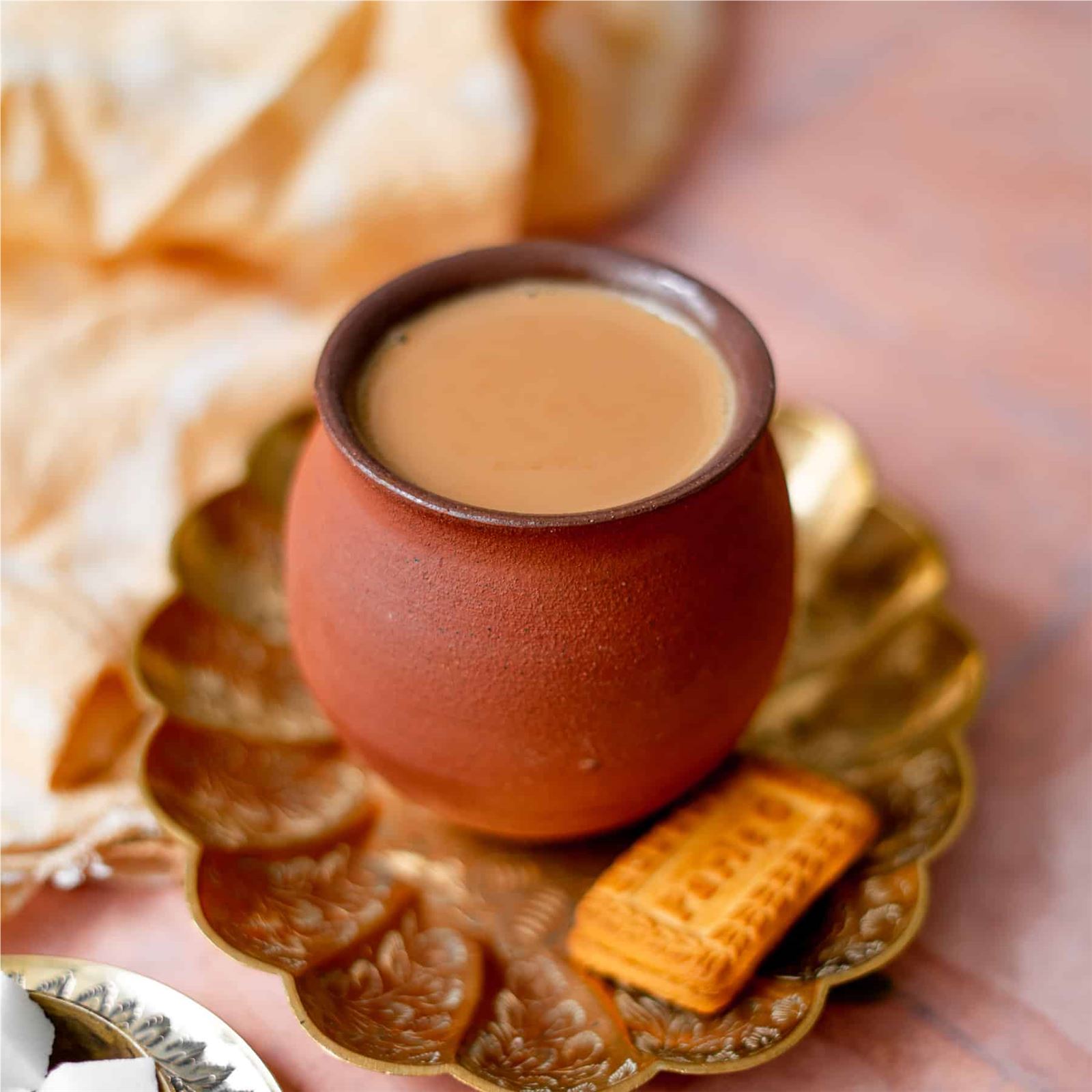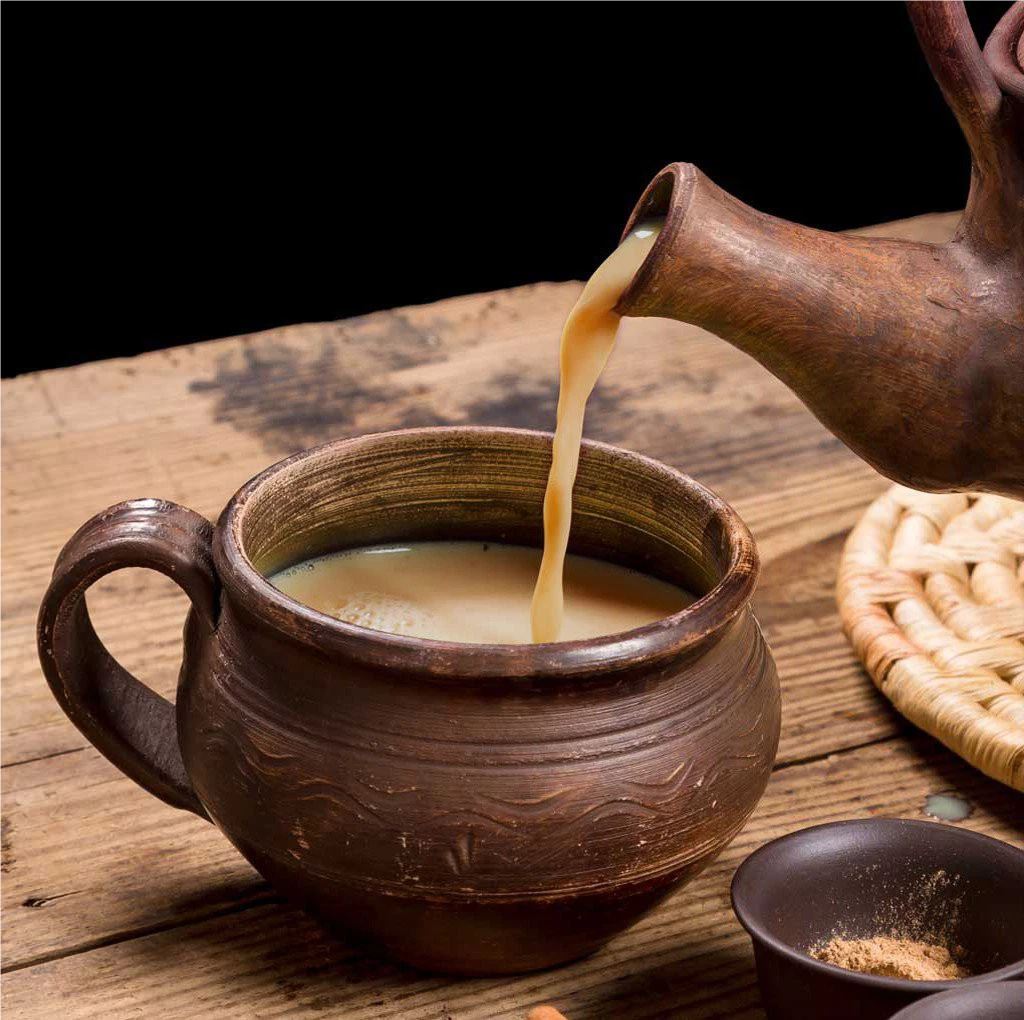Chinese Tea Ceremony
The large territory and favorable climatic conditions have helped China grow many famous delicious teas such as Wulong tea, Pu'er tea, and Longzheng tea,... Since then, China has become the cradle of the tea ceremony and tea enjoyment has become a thousand-year-old cultural feature of this country.
The Chinese tea ceremony can be considered as the culture of the "three religions of the plains", which is the synthesis of the three major ideologies of Confucianism - Buddhism - Lao, upholding balance, harmony, completeness and connection with nature. Therefore, the space for enjoying tea is usually a living room or flower garden. In the living room, incense is steamed, the walls are hung with verses, couplets, watercolor paintings or the teachings of the saints. So that when sipping a cup of tea, people talk about human philosophies or comment on a work of art, sometimes it is a love scene and compose a couplet or recite a poem or play a piece of music.
It can be said that the art of enjoying Chinese tea has been elevated to the pinnacle of secularity and purity.
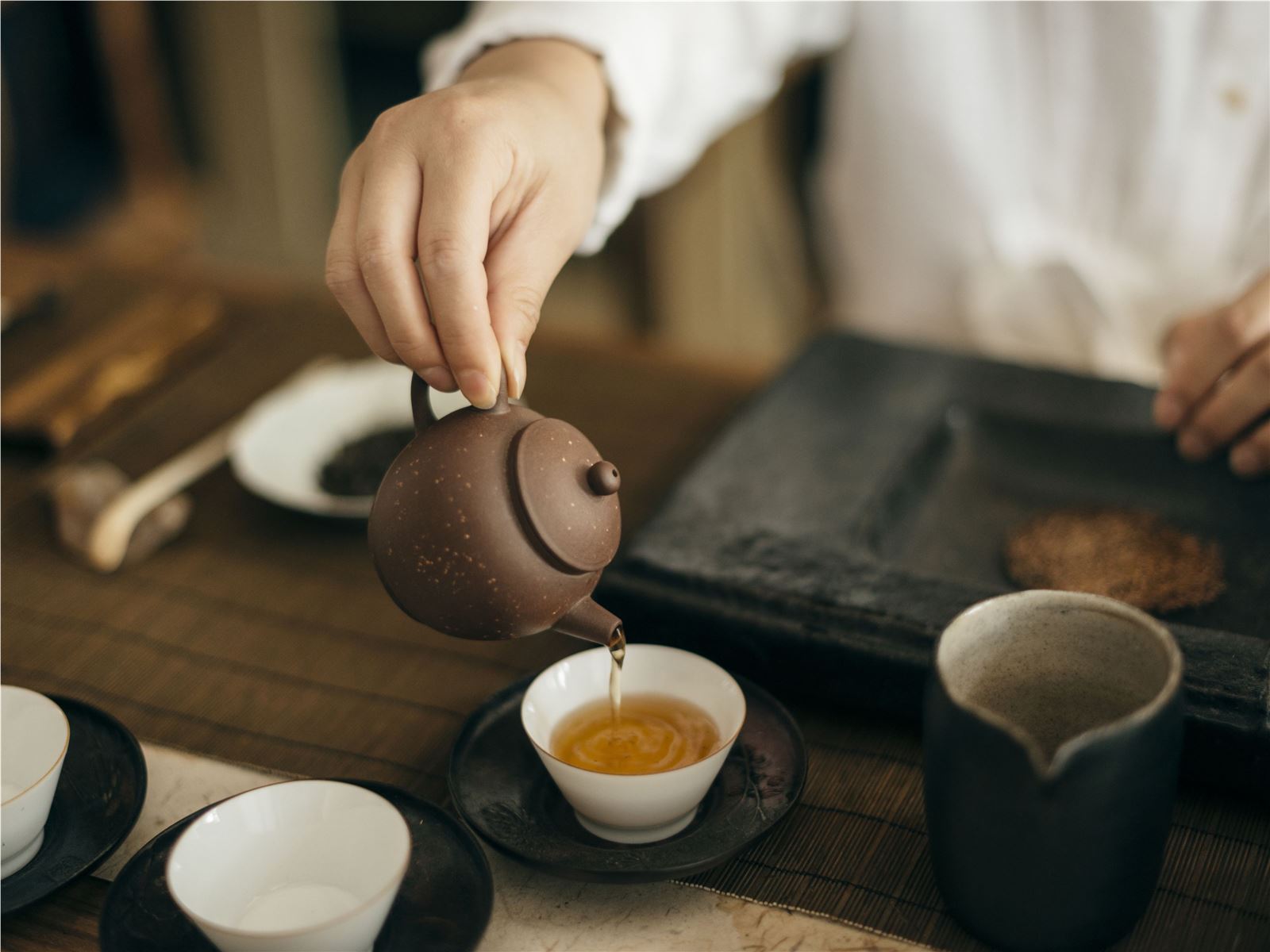
Photo: Shutter Stock
Japanese Tea Ceremony
In the 12th century, there was a Japanese monk named Eisai who went to China to study Buddhism. He is the one who wrote the book "Pure tea nourishes vitality" about tea drinkers. When he returned to the country, this monk brought a green tea powder called matcha and some tea seeds to plant in front of the temple yard.
From the beginning of tea drinking to how to make tea, the ritual of enjoying tea and then summing it into a tea ceremony is a non-stop process of the Japanese people to make the custom of drinking tea imported from China into the art of enjoying their own people.
When it comes to the Japanese tea ceremony, almost everyone knows the image of a tea room with a full set of tools and extremely unique rituals. Japan's philosophy of tea is considered a standard with 4 principles of "Harmony, Respect, Purity, Tranquility" symbolizing "harmony, respect, purity, and tranquility". The Japanese believe that it is not simply the rules of drinking tea, but also the desire to blend in with nature, purify the soul, remodel the mind, nourish the personality and achieve enlightenment.
Japan has more than 10 types of tea such as Matcha, Sencha, Bancha, Ryokucha, Konacha, Genmaicha,... Each type has a very unique taste, some are used to drink daily, some are used to invite guests, and some are only drunk a few times a year. Tea is often used with wagashi sweets to balance out the inherent bitterness.
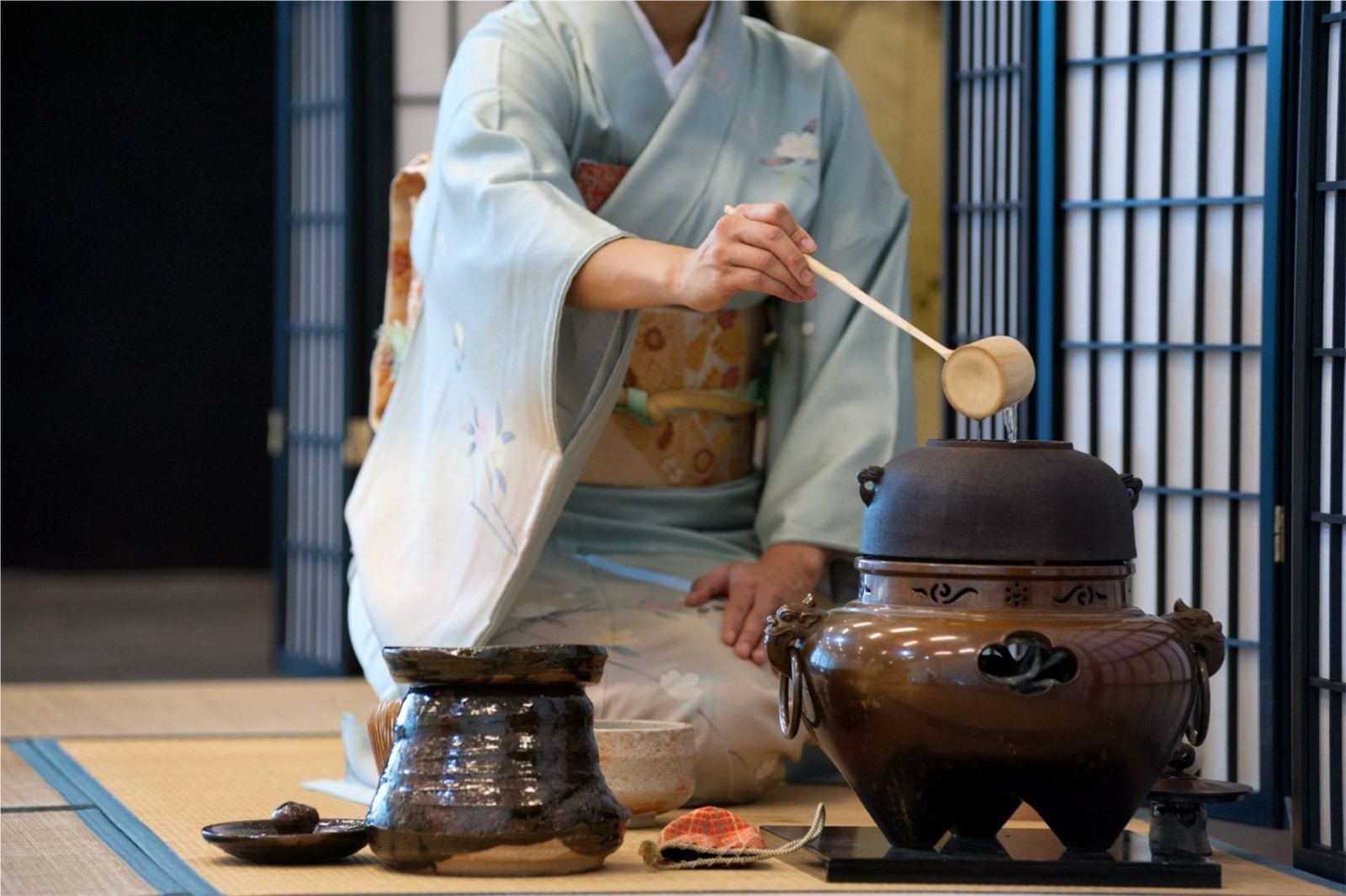
Photo: Shutter Stock
Vietnamese Tea
Although it is impossible to determine the exact time when tea appeared in Vietnam, since ancient times, tea enjoyment has appeared in the literature of the Tran Dynasty. Unlike Japanese or Chinese cultures that consider tea to be "Tao", for Vietnamese people, tea enjoyment is one of the very simple and ethereal ways of spiritual life. regardless of the rich or poor class.
In addition to familiar teas such as green tea or black tea, Vietnam is also famous for ancient teas in the Northwest such as Suoi Giang tea, Phin Ho tea, Ta Xua tea,... with a bitter pretaste and a long-lasting sweet aftertaste.
Vietnamese people often use rustic tea - tea that has not been marinated with ingredients to preserve the natural aroma. In the old days, in order to have pure water to make tea, people carefully distilled water from the dew on lotus leaves and lotus buds when the sun was not yet high. In addition, the ancestors made tea with rainwater to make the aftertaste of the tea cup sweeter.
For tea lovers, "first water, second tea, three applications, four bottles, five brothers", that is, the elements that make a good tea cup are arranged in order in the water used to make tea, the type of tea, the tea cup, then the tea pot and finally the tea partner. Finding a tea buddy is sometimes more difficult than a drinking buddy. Because tea friends are soulmates who enjoy tea together and talk to each other about things in the world, sit and recite poems, and answer. Tea friends must really get along and understand each other to make this tea ceremony meaningful.
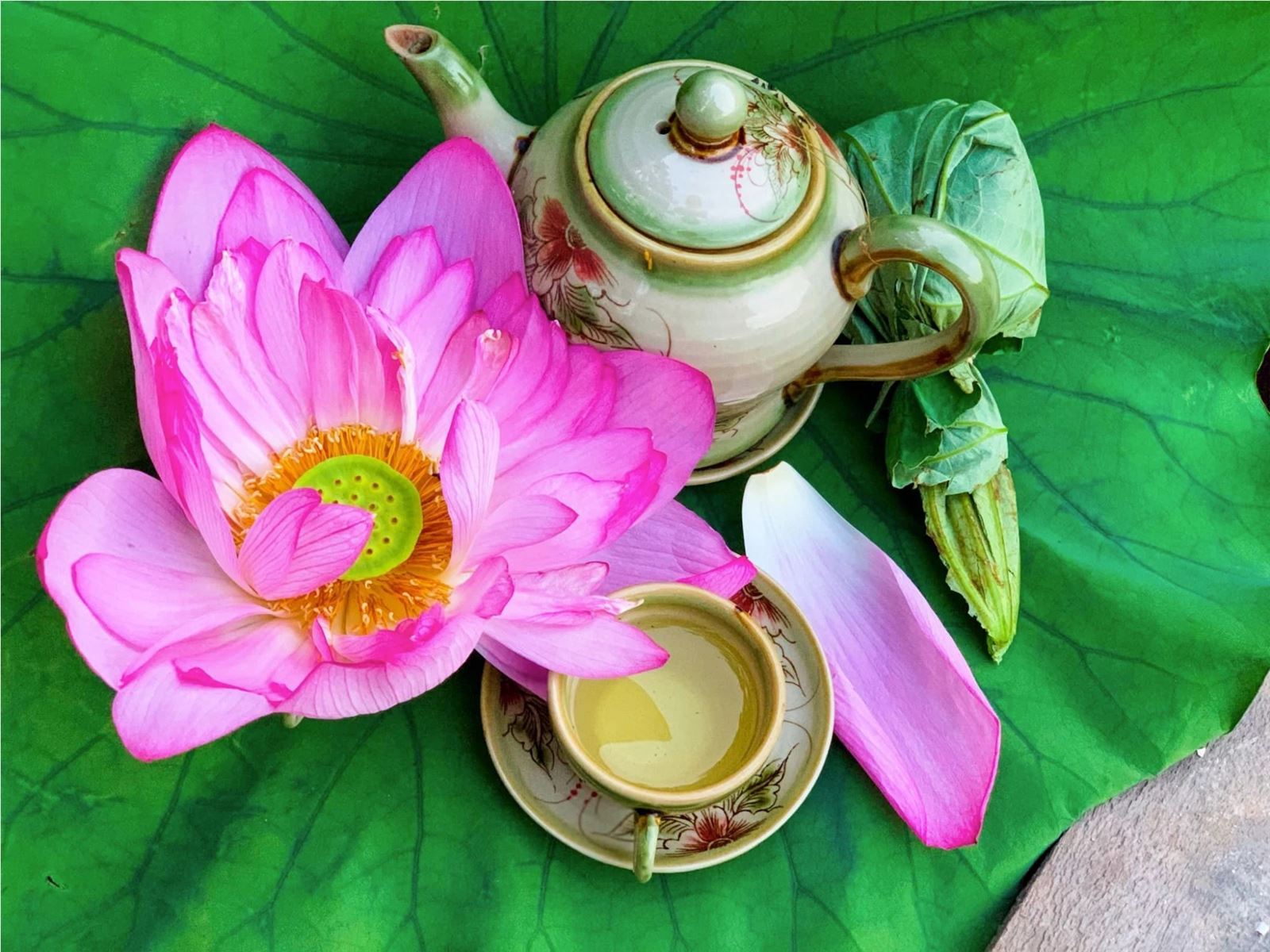
Photo: Shutter Stock
Indian Tea
Tea is a drink that connects people in the most natural way, like a human soul mate when there is a happy or sad confidant. Tea is used in all major holidays such as weddings, vegetarians, offerings or simply a weekday can also enjoy it.
Indians have known tea since the mid-nineteenth century and began the habit of drinking tea in the early twentieth century, after the British established the first tea plantations. And up to now, tea has become one of the most popular drinks in India.
India is famous for its black tea, Darjeeling tea, Wallah tea,... but the most prominent are Assam tea and Chai tea. If Assam impresses with its malt aroma and intensity, Chai tea reminds people of the delicate taste of black tea and spices such as pepper, anise, nutmeg,... Every corner in India sells Chai tea. In particular, Chai milk tea is considered a familiar drink every time a guest comes to the house.
Photo: Shutter Stock
In Indian culture, enjoying tea is also considered a lifestyle, culture and tradition. Families in India use tea making to show affection between members.
Synthetic Migo
